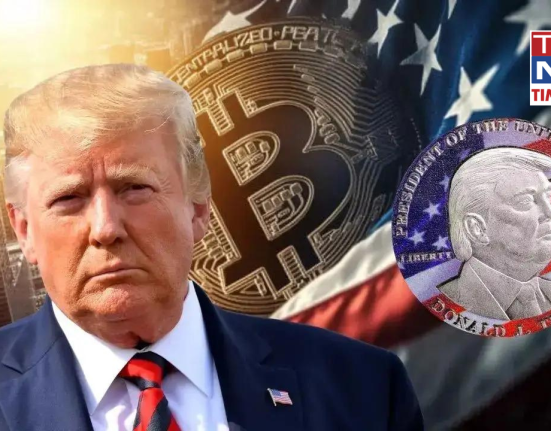
The investor scepticism stems in part from China’s perceived disregard for rule of law and the United States’ rising domestic protectionism. (AI Generated Image)
He argued that “even if global investors reduce their U.S. exposure by just 10 per cent,” equivalent to around USD 4 trillion in asset outflows, “a mere 5 per cent of this moving to India would inject USD 200 billion into Indian markets.” Chari emphasised that global capital is not only reevaluating returns but also reassessing the “trustworthiness” of host countries in the post-COVID, post-Ukraine war landscape.
The investor scepticism stems in part from China’s perceived disregard for rule of law and the United States’ rising domestic protectionism. “Even though the truce in trade and tariffs exists on paper,” Chari noted, “China is aggressively decoupling from U.S. consumer reliance.” Similarly, Trump’s past and possibly future America-first policies have shaken long-standing transatlantic and global financial confidence.
Still, the numbers support optimism. A split of USD 100 billion into private markets—covering infrastructure, venture capital and real estate—and another USD 100 billion into public equity and debt markets, would be digestible given the size and growth trajectory of India’s financial ecosystem.
Investment Readiness
India’s public equity market currently stands at around USD 4 trillion, while the bond market is valued at approximately USD 2.5 trillion. Chari asserts that such markets can readily absorb massive foreign inflows if policy consistency and market reforms continue.
With the U.S. equity market making up over 60 per cent of the MSCI All Country World Index, global portfolios have been U.S.-heavy for years. Chari believes this is unsustainable. “India can take its rightful place on the global investment map,” he concluded.


